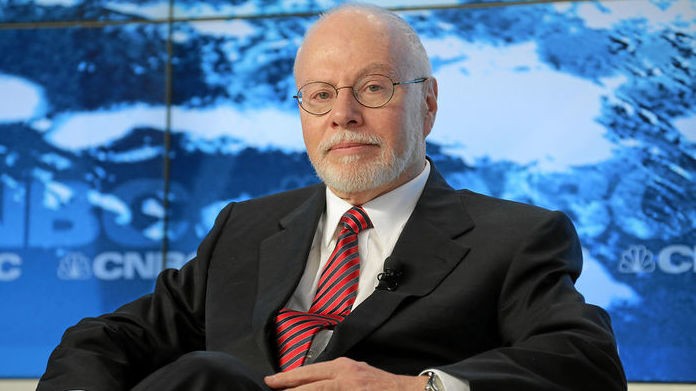The course
Almost unchanged from last year, apart from crossing the first cobbled sections in the Cambrésis, the Paris-Roubaix road keeps the same major meetings, starting with the Trouée d’Arenberg, at the entrance to the 100 last kilometres.
Why is Arenberg so difficult? The 2,300 meters of the Drève des Boules d’Hérin, its official name, are disjointed, on a false flat descending at the start then climbing at the end. “There is a huge gap between the cobblestones, they shake up the riders a lot,” said race director Thierry Gouvenou. “The particularity of Arenberg is that there is no rolling line, the cobblestones are rutted in all places, there is no choice. »
–
In its latest editions, however, the race has rarely taken a turn at Arenberg. “The selection is made a little later,” agrees Gouvenou. “But it’s a good indicator of who’s going to play the leading roles. In the first 20 at the exit of the Trouée, we often have the future winner. »
Le sprint
Adventurers have to get used to it, a solo finish has become rare at the velodrome. To find traces of a “solo”, we have to go back to 2014 and the success of Dutchman Niki Terpstra. In recent years, small committee sprints have involved two (2018 and 2019), three (2021), four (2016), five (2017) and even six runners (2015).
Is the use of the photo-finish, essential to determine the winner of the Amstel Gold Race last Sunday, possible? In 1990, the race director at the time, Albert Bouvet, had imposed the device which was not planned that day. It was good for him since the Belgian Eddy Planckaert and the Canadian Steve Bauer had been decided only by this means.
The time difference was limited to one thousandth of a second, ie a difference of fifteen millimeters, the smallest in history.
–
After 257 kilometers of such a requirement, the fatigue factor predominates. In 2016, the Belgian Tom Boonen, preceded by the Australian Mathew Hayman, checked it at his expense. The last example dates from last year: Mathieu van der Poel was ranked third in a sprint at… three.
French chances
The only podium in the 21st century belongs to Sébastien Turgot who, in 2012, had settled the sprint for second place behind the Belgian Tom Boonen. Previous ? the victory of Frédéric Guesdon in 1997.
A quarter of a century later, the French are betting on quality, especially since the first classics have smiled on blue-white-red colors.
Anthony Turgis (2nd in Milan-Sanremo), if he is completely recovered from his recent falls, Valentin Madouas (3rd in the Tour of Flanders) and especially Christophe Laporte (2nd in Ghent-Wevelgem) have the qualities to cause surprise , failing to register among the first favorites. Just like Florian Sénéchal, the first Frenchman last year (6th) who has the advantage of being part of the Quick-Step, the long-dominant team on the cobbled paths of the North.
Track
Filippo Ganna prepared Paris-Roubaix on the track. Without any link, however, with the traditional finish site of the race, the old open-air ring which adjoins the velodrome hosting the last Worlds on track.
The time trial world champion wanted to repeat, behind a motorized vehicle, the efforts corresponding to the duration of crossing the cobbled sections. With a view to Paris-Roubaix and also the next Nations Cup on track in Glasgow. “These are roughly comparable efforts,” he says. “We will know on Sunday if it is the right choice. »
Super-Pippo (25), who is surprised to be cited among the favorites, however recognizes ambitions: “Luke Rowe will take care of me, I will follow him, he has much more experience than me. »
–


